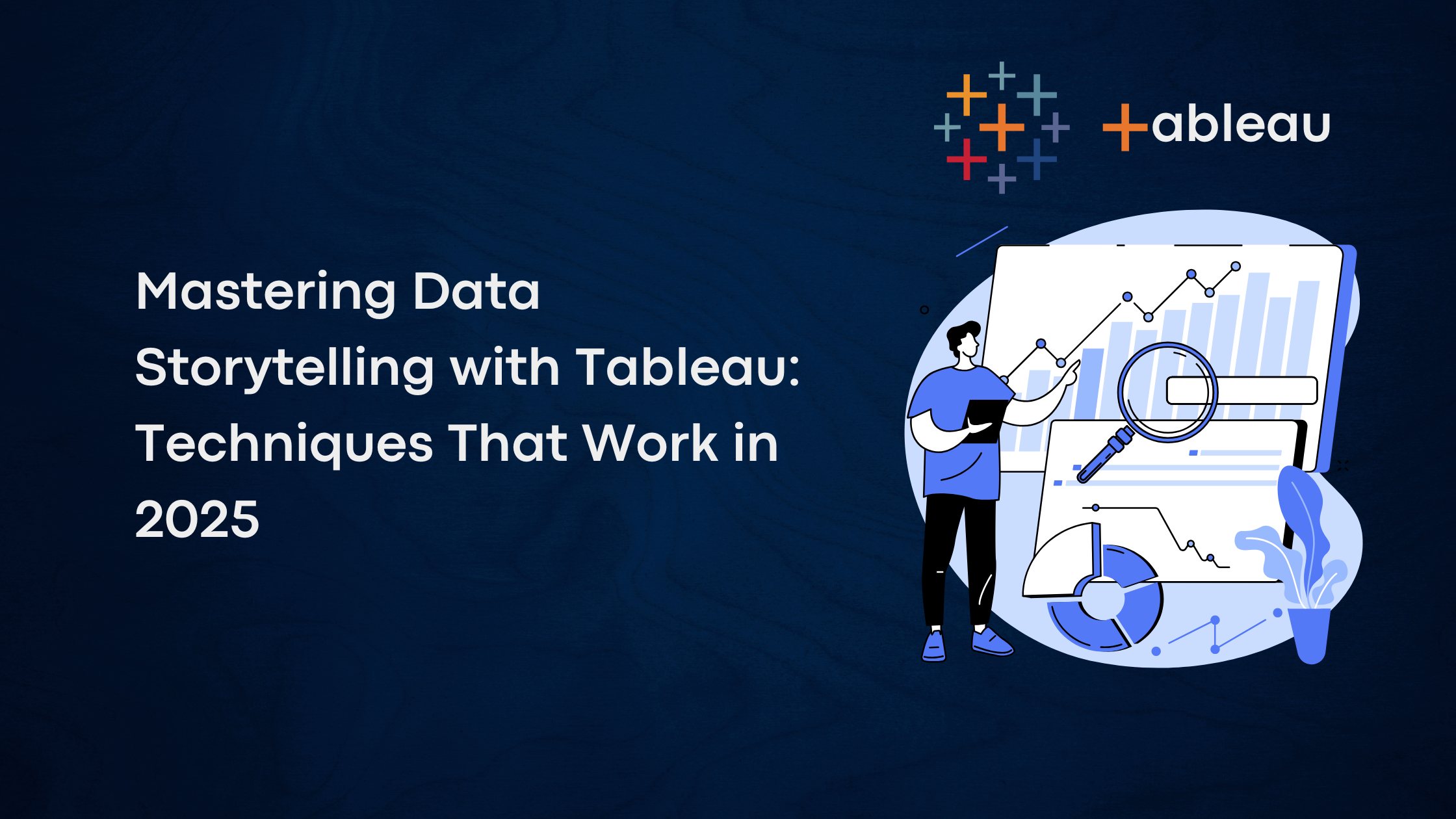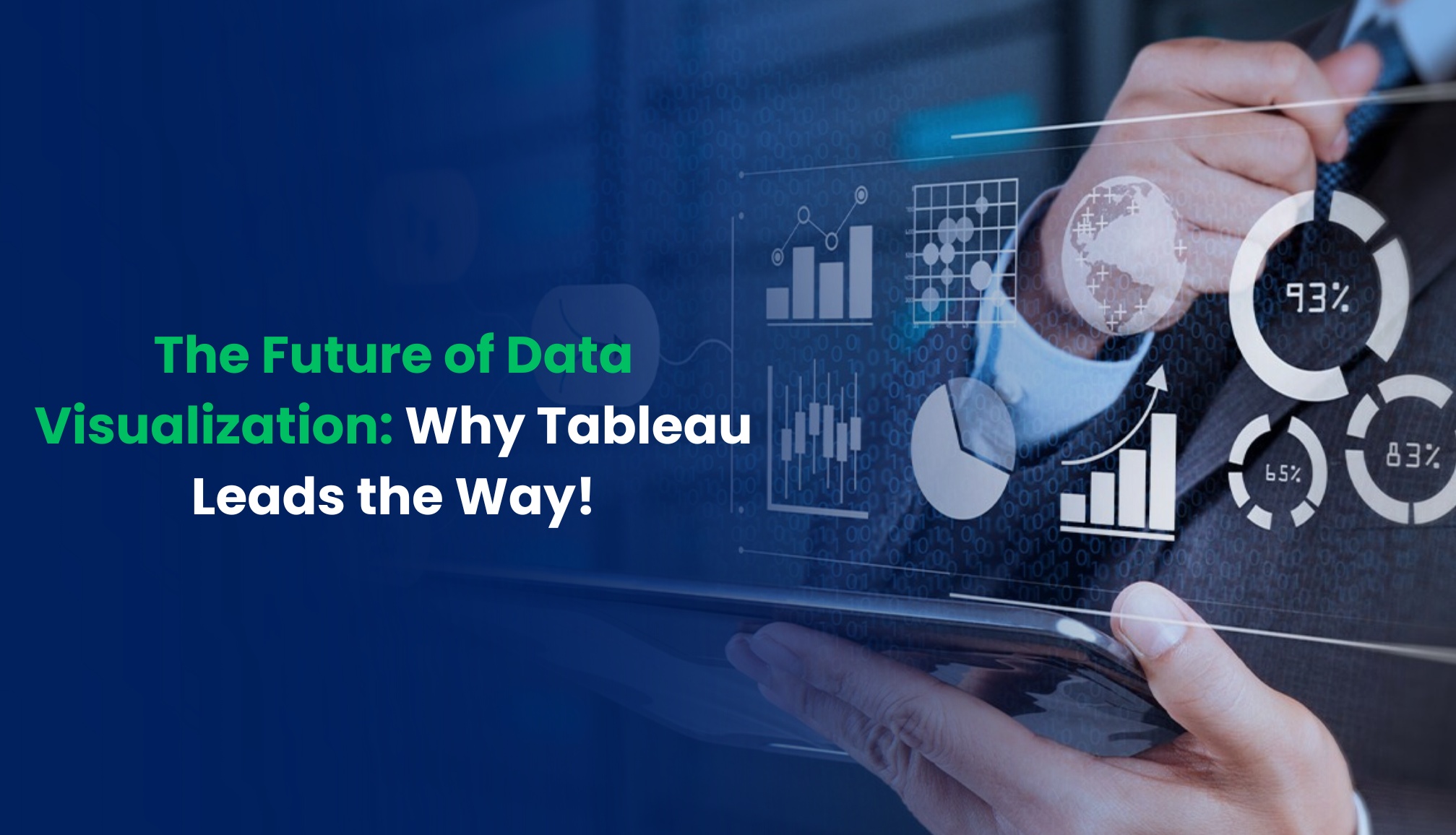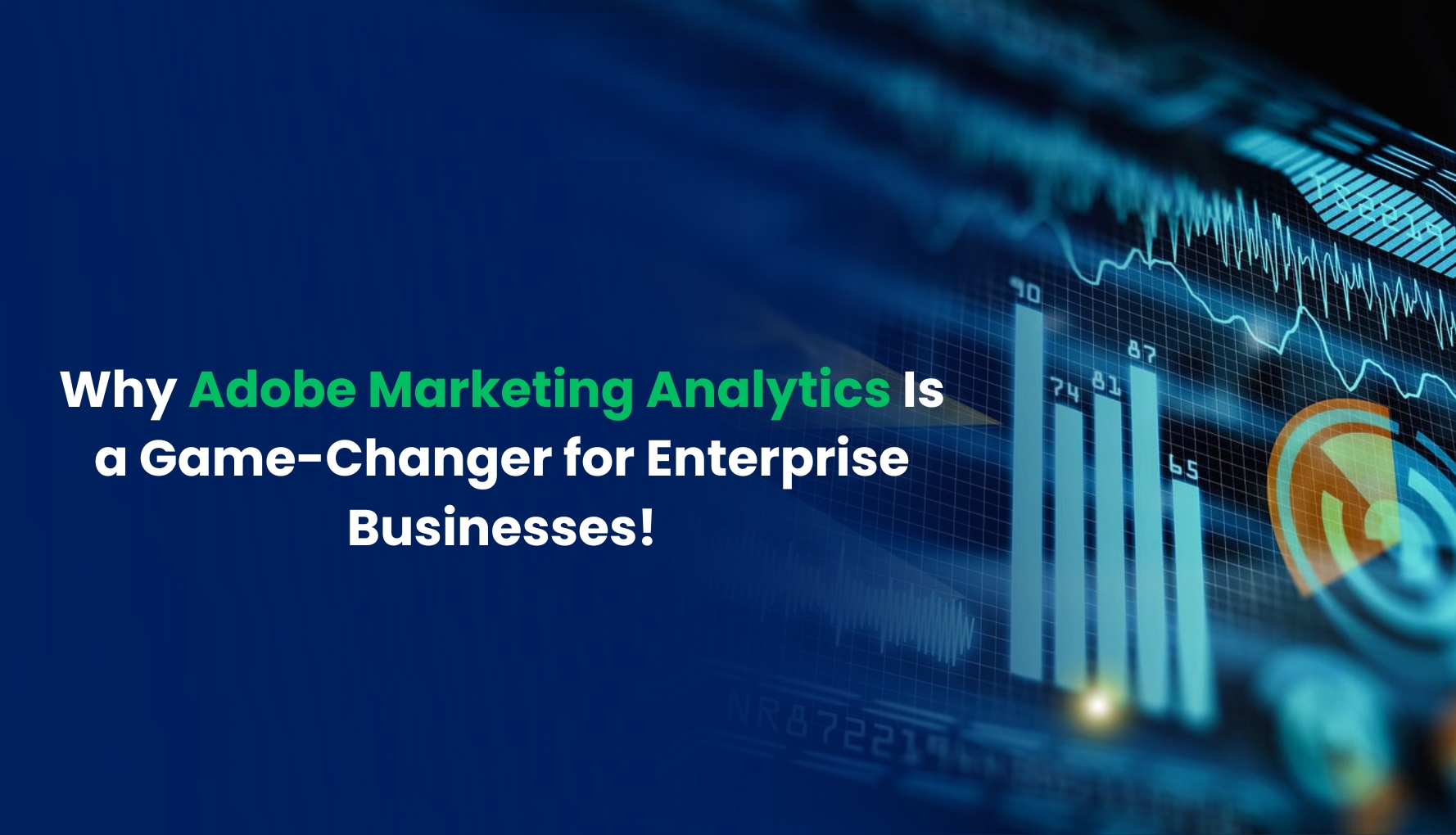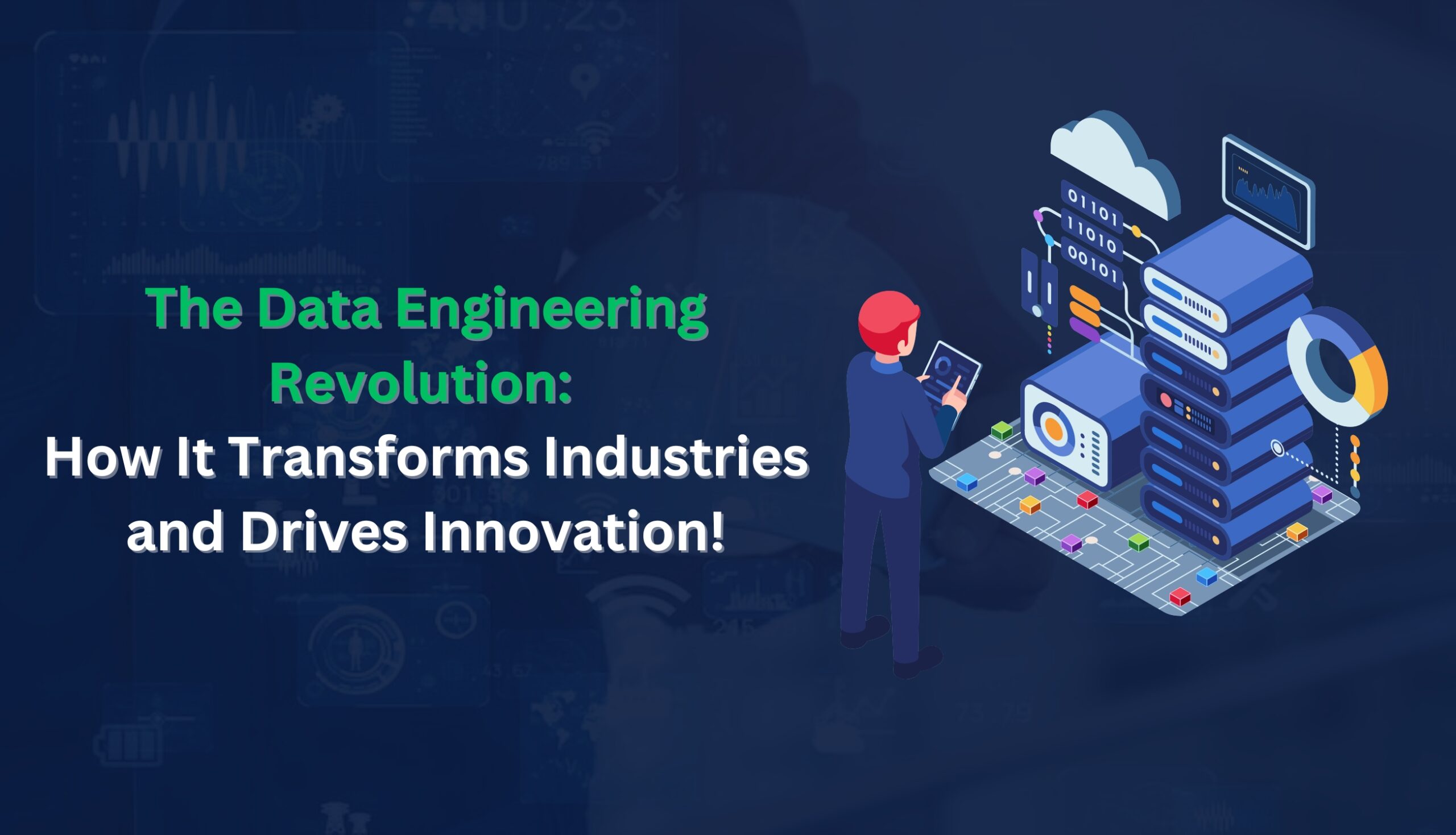Mastering Data Storytelling with Tableau: Techniques That Work in 2025
In 2025, more than 92% of business leaders say that “data storytelling” is a key factor in how they make decisions, according to a report by Gartner. Despite having access to powerful tools, many professionals still struggle to turn raw data into meaningful stories. With endless charts, dashboards, and spreadsheets, it’s easy to confuse rather than clarify.
This is where Tableau excels. Tableau storytelling brings your numbers to life with intelligent visuals, minimalist design, and flow-through guidance. However, being in the software industry is insufficient, and you need to know how to create stories that resonate with actual people, not merely data specialists. When presenting sales trends, healthcare trends, or the results of a survey, mastering the data storytelling techniques can really pay off.
This blog will teach you about the best practices for attaining this level of proficiency in 2025 using Tableau.
Understand the Goal Before You Start
Step back even before you sit down at Tableau and ask yourself, “What is the single message that you need to get through?” Your audience will respond well to a decline in customer satisfaction. They will likely connect with evidence that sales were higher last quarter. Whatever it is, it should be simple and normal.
Always, don’t just display all the data; display the appropriate data. The best narratives are constructed around one objective, not an entire spreadsheet. Mapping your idea on paper before starting can save hours in the end.
Follow a Narrative Structure
Good stories have a beginning, middle, and end. Likewise, Data storytelling techniques should be in the usual way. Here’s how it should be.
- Beginning: Show why the data matters
- Middle: Present the trends, comparisons, or insights.
- End: Share what the audience should take away or do next
This structure helps the audience feel guided instead of confused. And it keeps your story strong and focused.
Know Who You Are Talking To
Not everyone loves data, and that’s okay. You don’t have to impress analysts with dense dashboards if your customers are already full of decision-makers. How you explain your story must shift depending on who is reading it.
For example, a group of engineers might be concerned with exploring the filters, segments, and time breaks. However, a school administrator might only be concerned with whether student scores increased during the academic year. It is important to know your audience because it ensures that your visuals are easy to understand and relevant.
Build Your Story Like a Movie
Every good movie has a clear intro, middle, and end. You should also follow these instructions in your data story. Start by introducing the problems or context. What’s happening, and why should people care? Always keep this question in your mind and tell a story. Look at the people’s perspectives and try to interact with their emotions, which creates an emotional bond between people and the data storyteller. This kind of structure helps people stay with you and keeps them engaged. Tableau storytelling works best when it feels like a smooth, thoughtful journey.
Choose the Right Visuals
Charts and graphs are a way of making your audience see patterns. But not all charts are appropriate for all situations:
- Use Line charts for trends over time.
- Use bar charts to compare groups.
- Use a Pie chart for components of the whole, but only for straightforward situations.
- Use maps to show where things happen.
Avoid overusing these charts. Don’t have too much in one chart. It is very user-friendly and also easy to understand. Let your visuals do the talking.
Use Story Points For Clear Navigation
One of the best things about Tableau is Story Points. This will walk you step by step, actually like giving a presentation. Each point will display a different chart, table, or note, allowing you to walk people through your conclusions. You may begin with a general overview and then narrow down to one specific issue and spontaneously give a solution. This style of speaking is more relatable to conversation, not lecturing. Most current companies use story points in weekly and monthly reporting.
Combine Words With Charts
Data alone is not enough. If someone looks at your dashboard and still asks, “What does this mean?” then your work is not done. You need to explain key points in plain words.
Each chart must have a clean title that tells the main context. For example, “Sales Jumper 25% in Q2” is more useful than just “Sales Report.” You can add tulips and small notes besides visuals to give extra details without disturbing the space. This mixture of text and visuals is the heart of visual analytics in Tableau.
Design Dashboards That Make Sense
You don’t need to be an artist to follow Tableau dashboard best practices. And always remember that simple is best. Keep your layout clean. Use a clear visual path from all directions. Group related charts together. Don’t use more than three colors unless you have a good reason. Most important of all, test your dashboard with someone outside your team. Ask them what they see first and what confuses them. You will learn a lot. And always label your charts clearly.
End Note
Ultimately, it is not about the tool you are using but what you do with it. Tableau storytelling gives you the power to take boring spreadsheets and turn them into stories that drive change. But the real magic happens when you plan with purpose, speak clearly, and design with care.
Focus on strong data storytelling techniques, stay connected to your audience, and use the best of today’s technology to help you, not replace your voice. Whether in business, health, or education, the ability to tell a story with data is one of the most valuable skills you can have in 2025.
FAQs
1) What is the best chart to use for beginners in Tableau?
A. Start with the bar chart if you are new to Tableau. It is easy to make and helps compare numbers.
2) Can I tell a story with only one chart?
A.Yes, if the chart clearly shows one strong message. Give a good title, short notes, and clean and focused content.
3) How long should a data story be?
A. A good data story is short and clear. Most stories should take less than five minutes to read or view. If it takes longer, try to break it into smaller parts.
4) Do I need to do coding to use Tableau?
A. No, you don’t need to code. Tableau is made for users of all skills, and it is simple to use.





